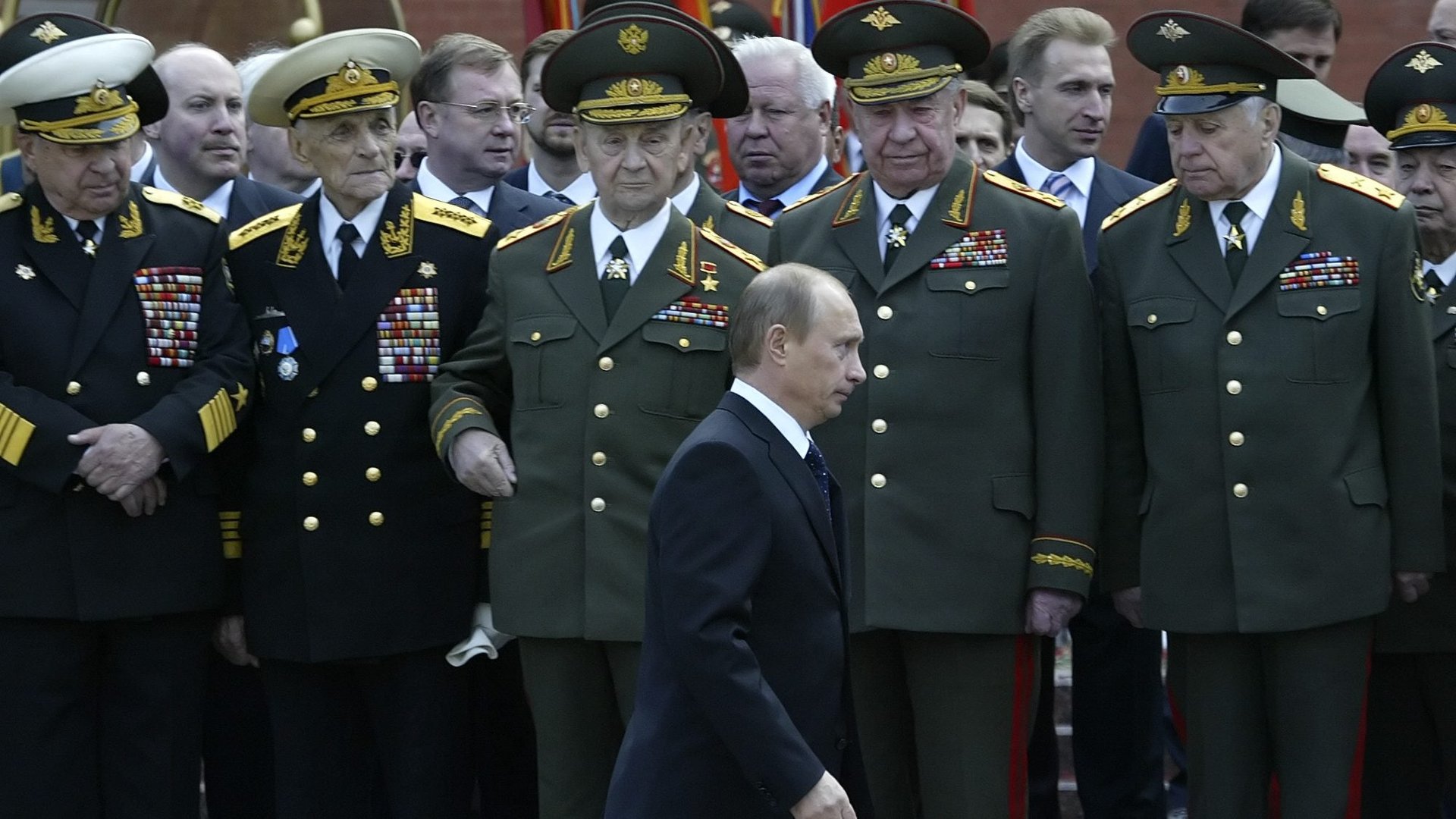Trump’s proposed increase in US military spending is almost as big as Russia’s entire defense budget
As US president Donald Trump was proposing a $54 billion defense spending hike on March 16, something rather different was happening in Russia. With its economy sputtering, there are reports that it could slash its military budget by 25%.


As US president Donald Trump was proposing a $54 billion defense spending hike on March 16, something rather different was happening in Russia. With its economy sputtering, there are reports that it could slash its military budget by 25%.
The actual figure is actually more likely to be around 5%, explains Mark Galeotti, a Russian security expert at the Institute of International Relations in Prague. And it comes after several years of rapid growth in Russia’s defense spending. But that still reveals a stark discrepancy. Trump wants to bolster America’s military with an amount not far short of Russia’s entire 2016 defense budget of $65.8 billion (3.8 trillion rubles).
The Pentagon bases its annual spending proposals on being able to conduct wars in two regions at the same time (pdf, p. 12) while also having a deterrent presence and counter-terrorism operations in several others. But Galeotti says arguments that more spending is direly needed are “tremendously overblown” when potential foes like Russia are so behind. “It’s very hard to sustain any kind of notion that Russia actually plans any kind of direct military challenge to the West,” he says.
To seriously deal with Russia’s threats, Galeotti says, resources should instead be spent on combatting the country’s strengths, like espionage, cyber and anti-propaganda efforts, as Russia’s intelligence corps returns to Cold War levels. “Boosting military spending is an incredibly unimaginative approach to dealing with a mythical threat,” he said. America could do much more good for small NATO allies by helping with counter-intelligence in places like the Czech Republic, where Russian embassies are filled with more spies than they can combat. “Or, frankly, be imaginative for God’s sake—spend some money on studentships to get young Russians coming to America, so that they actually know what America is like and then they go home and undermine the propaganda narrative.”
That kind of “soft power,” however, is just what could vanish if Congress accepts Trump’s proposed 29% budget cut for the State Department and international programs.